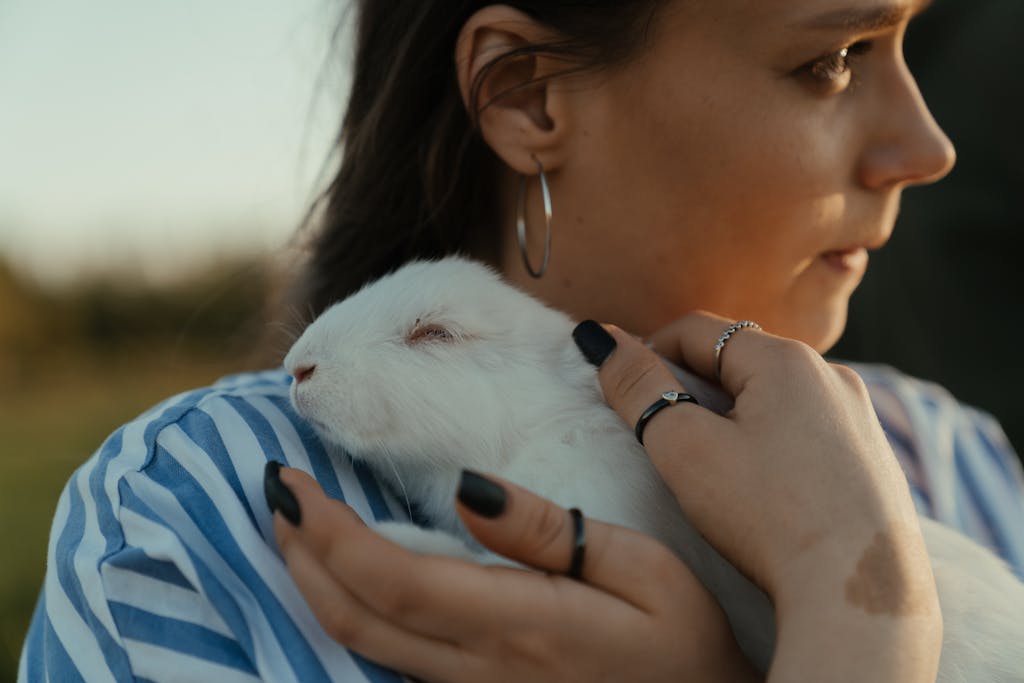Do Bunnies Like to Be Held?
Every bunny has a unique personality, and not all enjoy being scooped up for a cuddle. You’ll find that some rabbits are happy to settle in your arms, while others might get nervous or squirm away. Since trust takes time, learning how your rabbit feels about being held can make a big difference in your bond.
Understanding your bunny’s preferences helps keep both of you safe and happy. As you get to know your rabbit, you’ll spot signals that tell you whether they’re comfortable or need space. For new and seasoned owners alike, tuning into these cues lays a strong foundation for trust, making each interaction more rewarding. Getting this right isn’t just about avoiding bites or scratches—it’s about building a relationship your bunny can rely on. If you’ve ever seen your rabbit stomp or dash off, check out the Why Do Pet Rabbits Thump? guide to understand what they’re trying to tell you.
Understanding Rabbit Behavior: Natural Instincts and Handling
If you’ve ever wondered why your rabbit squirms when you pick them up or freezes in your arms, you’re not alone. Rabbits come with instincts that keep them alert and cautious—it’s part of what makes them so unique. When you understand these natural behaviors and their body language, you give your bunny a safer and happier environment. Grasping these basics also makes handling more enjoyable for both of you.
Prey Instincts and Touch Sensitivity
Bunnies are prey animals at heart. In the wild, danger can come from above—think hawks, foxes, or even a sudden shadow. Because of this, being lifted off the ground or tightly held can feel scary or even life-threatening to them. This isn’t just timidity—your rabbit’s body is wired for survival.
- Being picked up puts them in a vulnerable spot, as they lose control over their escape routes.
- Strong holds or restraining grips may trigger panic, causing a rush of adrenaline—they might kick, struggle, or freeze in fear.
- Touch sensitivity is high, especially around their feet, tummy, and hindquarters.
It’s easy to think your bunny doesn’t trust you, but most rabbits simply react to their deep-rooted need for safety. With patience, some rabbits will grow more relaxed with gentle handling, but others may always prefer four paws on the floor.
Reading Bunny Body Language
Learning to read your rabbit’s signals makes a world of difference in how you handle them. Every rabbit communicates through small, subtle cues that help you know when they feel content or need a break.
Look for these body language signs when you’re holding your rabbit:
- Relaxed ears, stretched body, or gentle tooth purring: Signs of comfort and trust.
- Wide eyes, tense muscles, or ears back: Indicators your bunny feels anxious or trapped.
- Kicking or trying to leap away: A rabbit desperate to regain their sense of safety.
- Thumping or grunting: Clear signals they’re upset or startled.
When you spot distress cues, give your rabbit room to move or set them down gently. Reading these signals not only prevents bites or scratches, it deepens your connection. If you’re curious about other ways rabbits express themselves, understanding their body movements, like thumping, nipping, or nudging, is essential. See more on understanding rabbit biting behavior for insight into more communication methods.
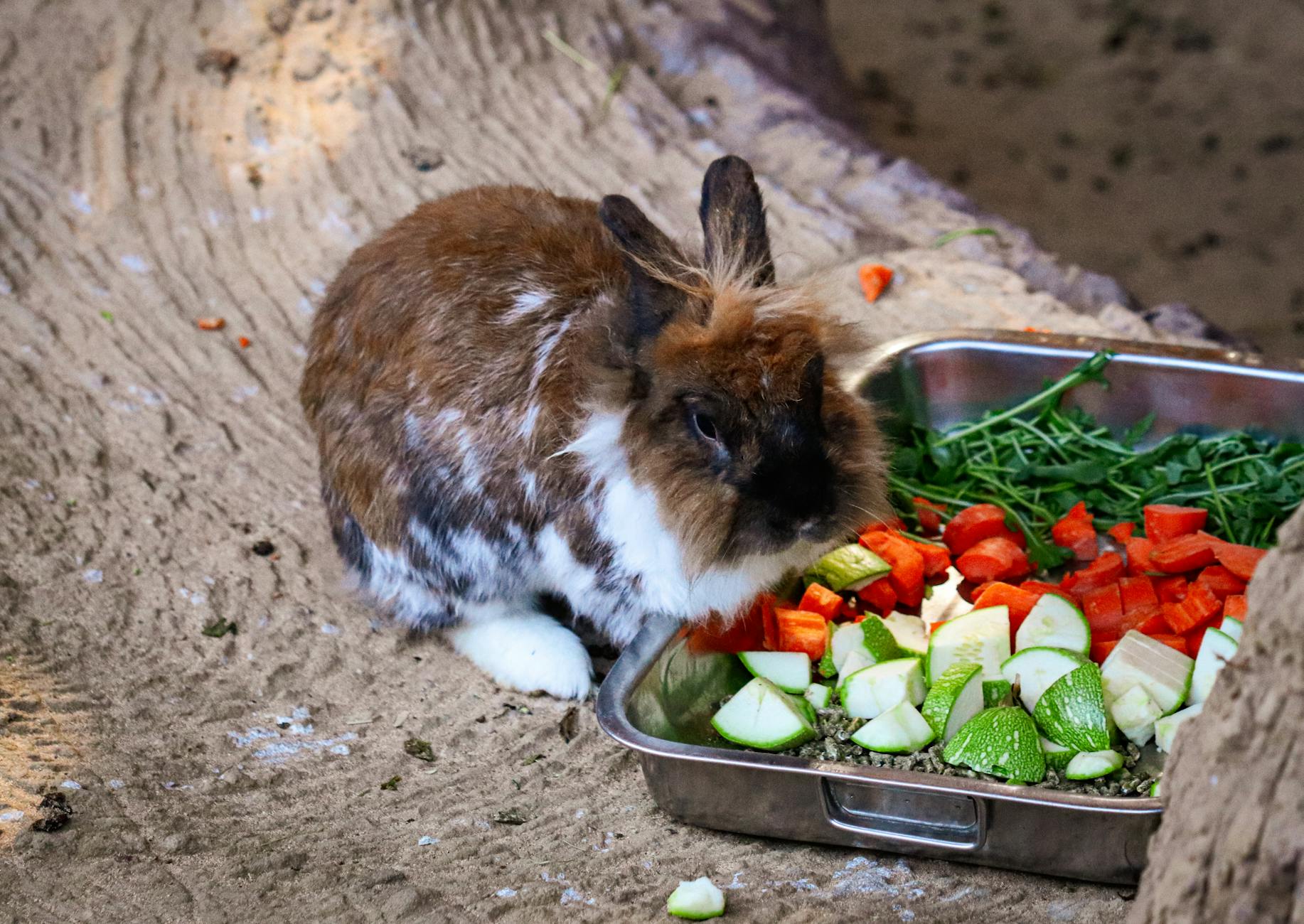
A little patience and observation help your bunny feel at ease in your company, whether in your arms or by your side. If you want to know what life as a rabbit companion is really like, you may enjoy reading more on keeping rabbits as pets.
Why Some Bunnies Dislike Being Held
Not every bunny feels safe or cozy when held, and you might notice that your own rabbit resists being picked up, no matter how gentle you are. This hesitation goes beyond natural instincts—many factors can shape how a rabbit responds to being held. Their early experiences, daily habits, and their unique personalities all play a big role. Respecting your bunny’s boundaries grows your bond and helps both of you feel at ease.
Individual Personality and Socialization
Every rabbit has a personality as unique as their fur patterns. Some are naturally bold and curious, others are shy or sensitive. These traits can have a big impact on how your bunny reacts to being picked up or snuggled.
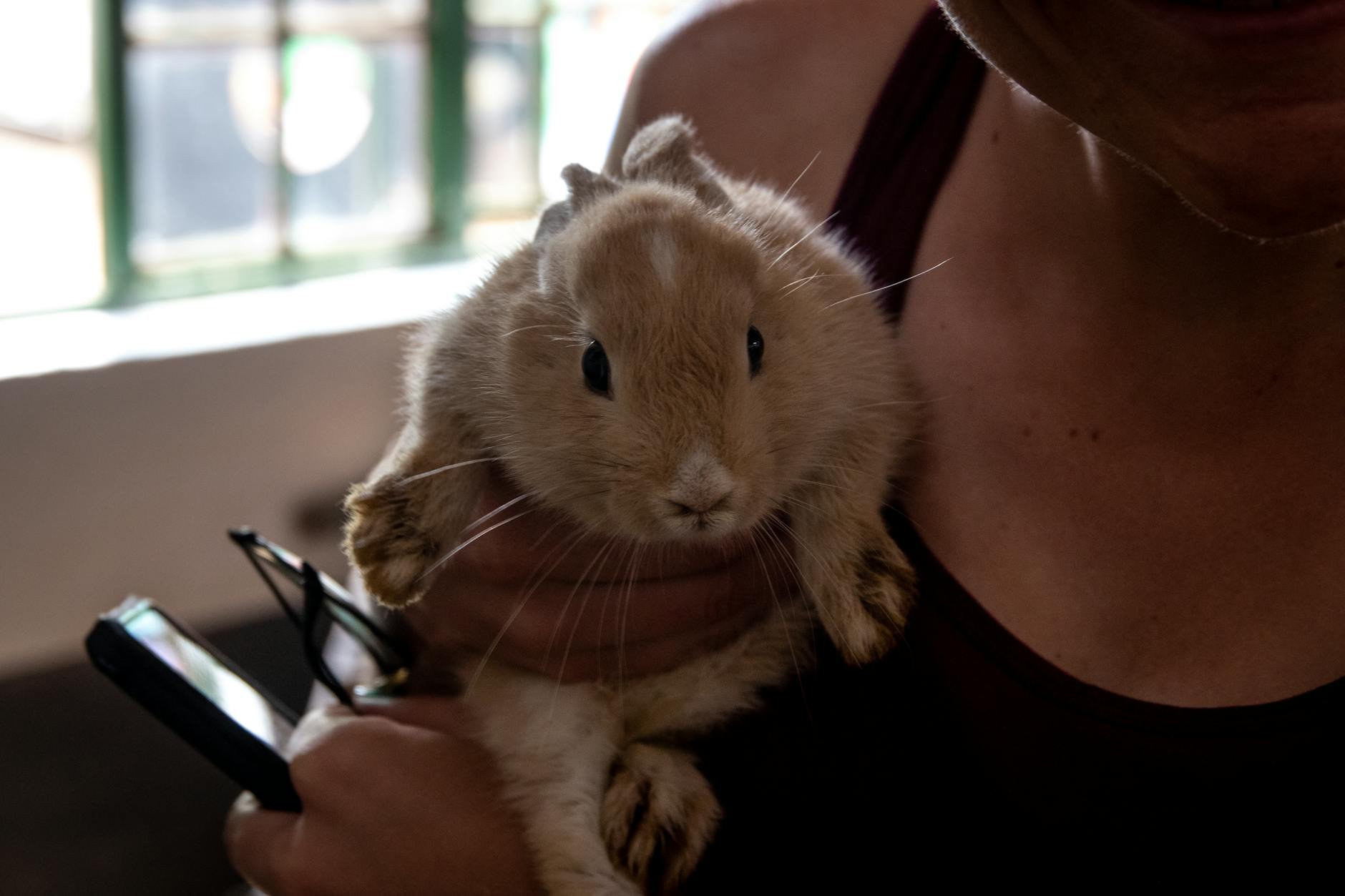
A rabbit that’s gently handled from a young age learns to see people as safe and friendly. This kind of early socialization—gentle petting, regular interaction, and a calm home—makes a real difference. But, if a bunny grew up with little contact or only experienced rough handling or sudden grabs, they often see hands as something to fear.
You’ll also find that daily habits matter. Rabbits who are part of regular routines—feeding, play, soft voices—will feel safer. On the other hand, a rabbit with little exposure to humans or inconsistent contact is prone to shy away, hiding or showing stress when picked up.
Even when raised the same, two rabbits from the same litter can turn out differently. If you’re looking to adopt or buy, asking about a rabbit’s temperament and upbringing can save you a lot of stress and help set realistic expectations. You can find helpful lists in the Questions for Rabbit Breeders guide, especially if you want to choose a bunny that matches your lifestyle.
Signs Your Bunny Is Uncomfortable
Rabbits speak volumes with their bodies. When a bunny doesn’t like being held, they let you know in clear but gentle ways at first—then stronger ones if you miss the signal.
Look for these signs that your bunny feels uneasy in your arms:
- Tense muscles or posture: The body feels rigid rather than soft and relaxed.
- Wide, darting eyes: Eyes seem larger than usual, scanning the room for an escape.
- Struggling or kicking: Pushing legs against your chest, wiggling to get free.
- Thumping: Powerful back feet thud the floor as a clear warning.
- Teeth grinding or grunting: Low, unhappy noises signal discomfort or fear.
- Scratching or wriggling: Some bunnies dig in with their nails or twist suddenly.
- Biting or tugging at your clothes: When feeling cornered or frustrated, a bunny may nip or bite what’s near—sometimes your shirt or sleeve.
It’s not just about trying to get away. These behaviors can mean real fear, not just fussiness. Remember that biting isn’t always aggressive—it may be a bunny’s last resort for saying, “let me go.” If you notice this, learn what to do next by visiting the rabbit biting your clothes page. Understanding these signs lets you step back and make handling stress-free for everyone.
Knowing when your rabbit feels nervous or uneasy is key. If you spot these signs, it’s okay to stop and let your bunny come to you on their own terms. This trust pays off, leading to safer, calmer interactions and a bunny who feels understood.
How to Safely Hold Your Rabbit (If Necessary)
Sometimes, you have to pick up your rabbit, whether it’s for a quick checkup, grooming, or nail trim. These moments can be stressful for your bunny, so your approach matters. Using gentle and secure handling keeps your rabbit safe and helps prevent injury or panic. Here’s how you can make the experience as calm as possible for both of you.
Safe Lifting and Supporting Techniques: Step-by-Step Guide
A rabbit’s body is delicate—especially their spine and hind legs. Lifting them the wrong way, or with little support, can cause injuries or leave them terrified. If picking up your bunny is truly necessary, take your time and focus on support and security.
Follow these steps:
- Approach quietly and calmly.
Speak softly and let your rabbit see your hands. Sudden movements or loud sounds can startle them. - Place one hand under the chest.
Slide your hand under their chest, just behind the front legs, as a steady anchor. - Support the hindquarters.
With your other hand, scoop up and support the hind legs and bottom. Never let your rabbit’s hindquarters dangle or hang unsupported. - Hold close to your body.
Bring your bunny in against your chest. This comfort and stability helps them feel more secure while reducing the risk of wriggling or kicking. - Move slowly and with confidence.
Stand up smoothly and hold your bunny firmly but gently. Avoid squeezing—they need to feel safe, not trapped.
- Never pick up a rabbit by their ears, scruff, or legs. These areas are fragile and can be easily injured.
- Stay low. If your rabbit panics or wriggles, a fall from a lower height minimizes injury risk.

If you’re handling your rabbit for grooming or checks, using gentle restraint (like a towel wrap) can help your bunny stay calm and secure. For tips on safe nail trimming, see the rabbit nail clippers guide.
Alternatives to Holding
You don’t have to hold your bunny to show them love or build a strong bond. Many rabbits thrive when affection stays on their level.
Try these safe and gentle ways to connect:
- Petting: Crouch down and gently stroke their cheeks, nose, or back while they sit beside you. Most bunnies love a slow chin rub or soft head massage.
- Grooming: Brush your bunny to remove loose fur and prevent mats. Grooming builds trust and helps your rabbit feel cared for.
- Floor-time interaction: Sit or lie on the floor and invite your bunny to hop over or explore around you. Use treats or toys to encourage them.
- Offering treats by hand: Let your rabbit eat from your palm—just keep your hand still and patient.
- Interactive play: Use tunnels, cardboard boxes, or chew toys to play with your bunny at their pace.
Most bunnies prefer having all four paws on the floor. Honoring this natural need gives them a sense of safety and builds a happier, more trusting relationship. If you want to know more about everyday caring routines, the site’s full library dives into feeding, grooming, and home basics.
Building a Positive Relationship With Your Bunny
Building trust with your rabbit is a real journey. The effort you put in now shapes how comfortable your bunny feels around you day after day. Strong relationships start with respect and patience, especially when it comes to handling and gentle contact.
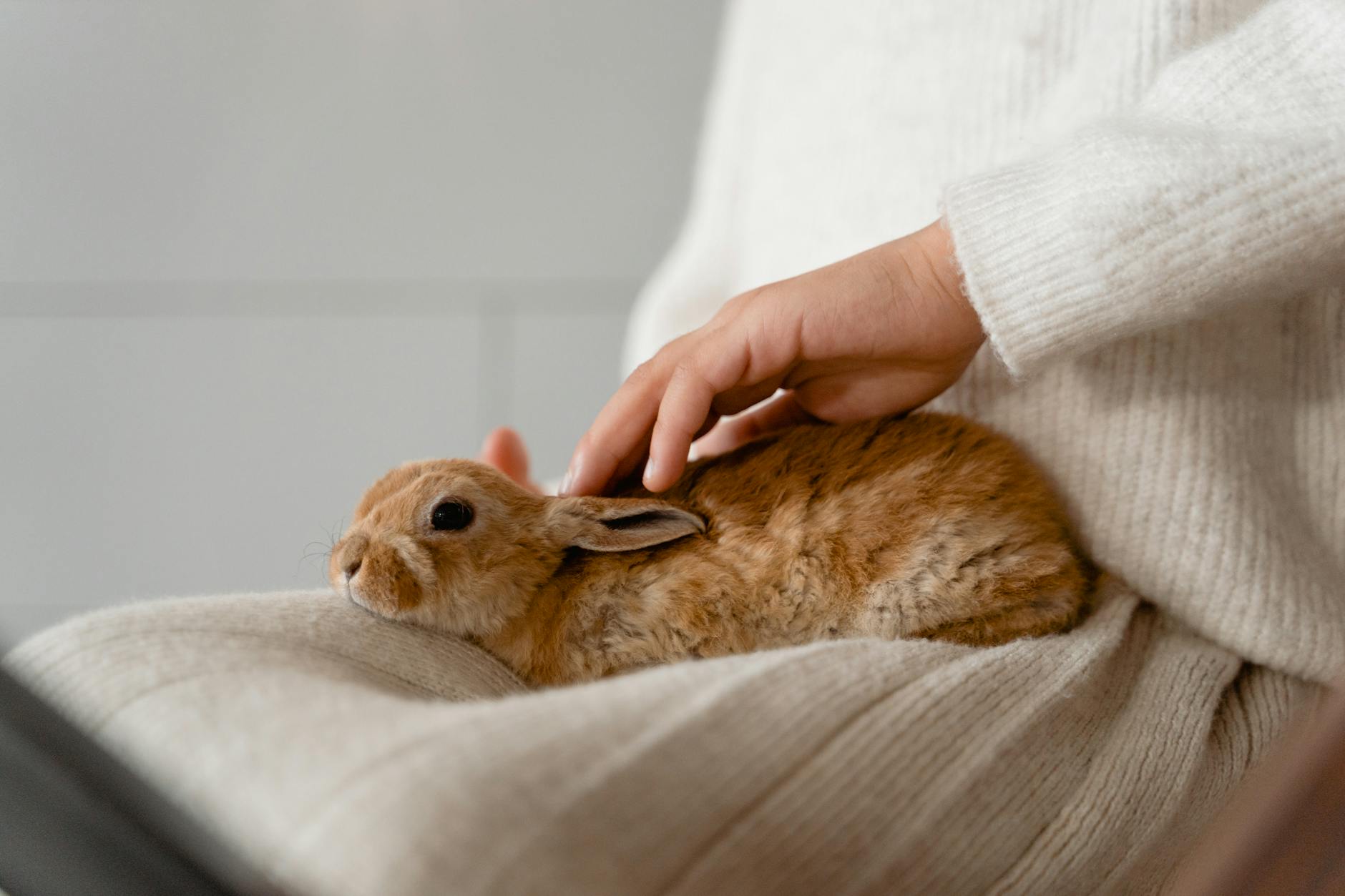
Patience, Positive Reinforcement, and Routine
Every rabbit adjusts on their own timeline. The best way to earn your bunny’s trust is to approach every interaction with calm energy and plenty of patience. Rabbits are quick to pick up on your mood, so let your actions be slow, steady, and predictable.
Set a clear routine for bonding time. Visit your bunny at the same times each day for play, petting, or treats. Regular positive contact helps your rabbit know what to expect from you and lowers their stress around handling.
- Use treats as gentle encouragement. Offer a small piece of healthy food (like a sprig of parsley or a berry) when your bunny sits near you or lets you pet them. Over time, they’ll start to see your hands as something good.
- Keep sessions short. End on a high note before your bunny becomes restless. Frequent, short sessions work better than long ones that push their limits.
- Celebrate small wins. If your bunny hops onto your lap on their own or lets you stroke their head, that’s a big step toward deeper trust.
- Stay consistent. Repetition is key. Calm, gentle handling every time builds lasting good associations.
You might find that some days are slower than others, but perseverance pays off. The safer your bunny feels, the more they’ll open up. If you’re curious about what to include in your routine, check out additional Rabbit Health Tips to keep your bunny thriving both physically and emotionally.
Knowing When to Seek Professional Help
Sometimes, despite your best efforts, a bunny may show signs of ongoing fear or even aggression during handling. Watch for extreme stress signals—heavy breathing, loud tooth grinding, frantic kicking, or sudden biting. These aren’t just signs of a stubborn personality.
If your rabbit seems constantly stressed or gets more fearful over time, it may help to bring in expert support. A rabbit-savvy veterinarian can rule out pain or illness that makes touch uncomfortable. A rabbit behaviorist is also a great ally for bunnies who have had bad experiences or need a tailored plan for socialization.
Reach out for help if you notice:
- Your bunny lunges, bites, or attacks hands regularly.
- Handling always ends in panic, injury, or your bunny not recovering well afterward.
- Normal bonding techniques never seem to make progress.
Getting professional advice not only helps you but gives your bunny the best chance for a happy, low-stress life. For more information on behavioral health and general questions, you’ll find the Rabbit Care FAQs a helpful starting point.
Working together—using patience, positive reinforcement, and skilled support when needed—will give you the partnership you and your rabbit both deserve.
Learning your rabbit’s comfort zone is one of the most rewarding parts of sharing your home with a bunny. Not every rabbit wants to be held—and that’s perfectly normal. When you listen to their signals and meet them where they feel safe, you build real trust and friendship.
Let your bunny show you how they like to interact. It could be sitting quietly together or playing with their favorite toys. Adding a few new ideas from the what rabbits love to play with guide can create happier bonding time on their terms.
Each step you take to respect your rabbit’s comfort helps grow a strong, healthy relationship. Thank you for spending time learning how to give your bunny a life full of trust, respect and plenty of joy. If you have your own tips or stories, share them below and help others on their rabbit journey too!


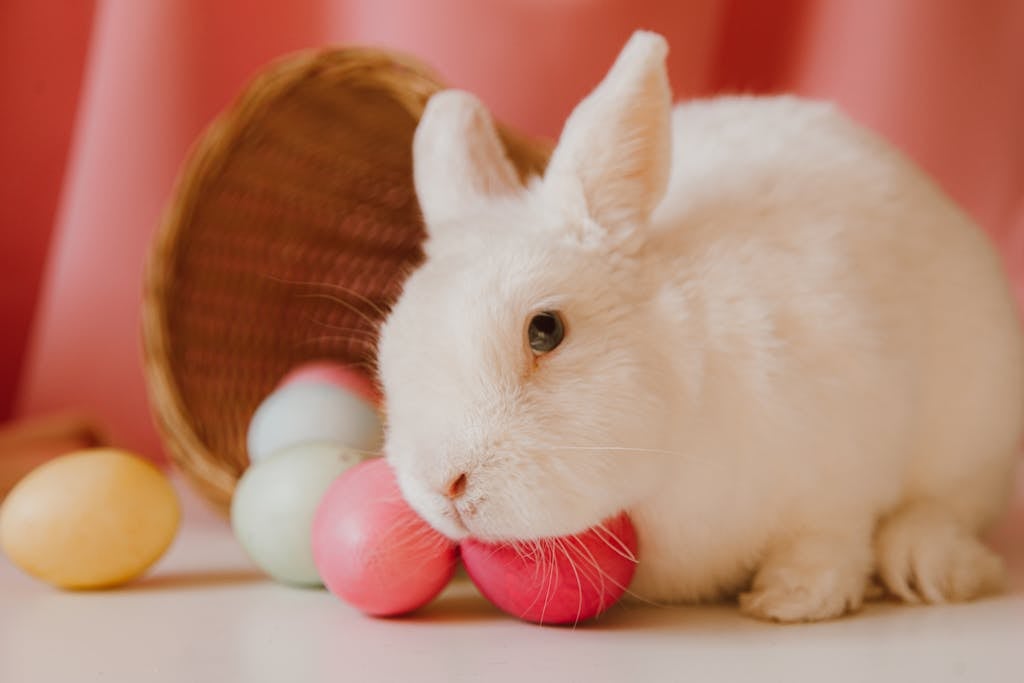
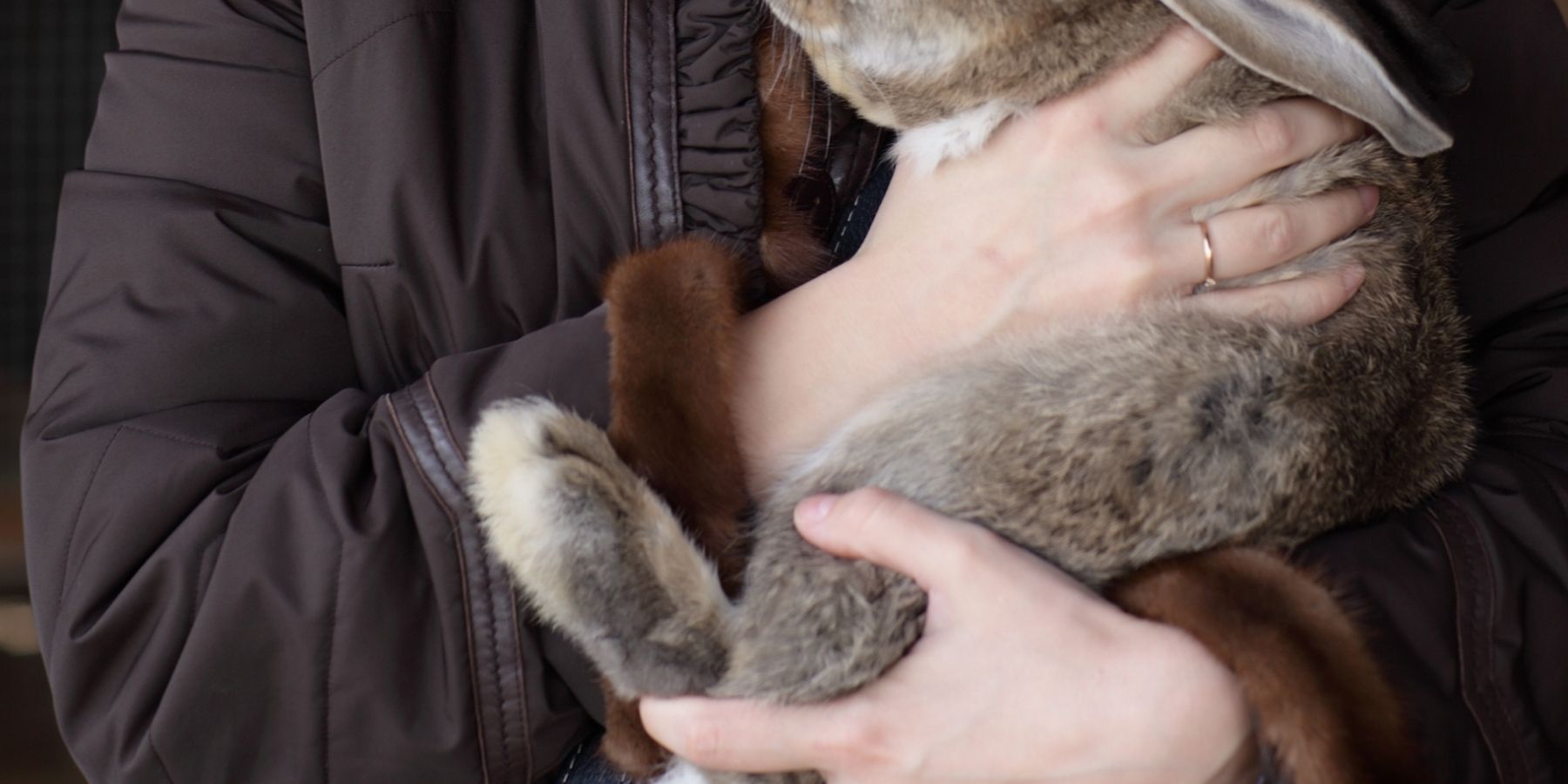
![What Do Pet Rabbits Love to Play With? [Guide 2025] Selective Focus Photo of Cute Rabbit](https://rabbitcarebasics.com/wp-content/uploads/2024/02/selective-focus-photo-of-cute-rabbit-692071-1024x683.jpg)

![Signs You Have a Happy Rabbit: What Every Bunny Parent Should Know [2025 Guide] Questions To Ask A Rabbit Breeder](https://rabbitcarebasics.com/wp-content/uploads/2022/03/Questions-To-Ask-Rabbit-Breeders.jpeg)
